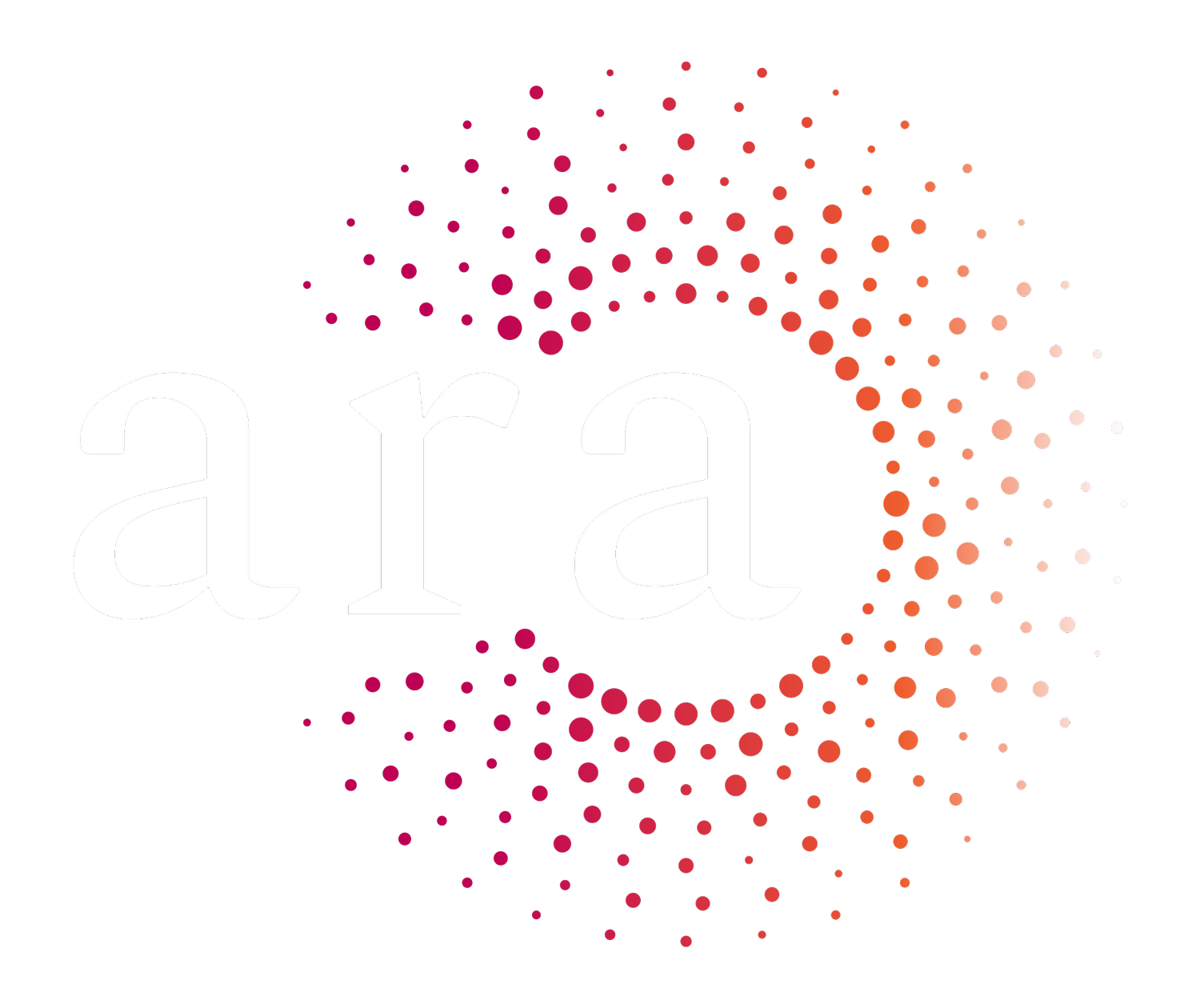Is It Time for Audit Committees to Evaluate Change Readiness?
Governing in an Era of Continuous Change
The Risk Most Audit Committees Aren’t Auditing
Audit committees exist to provide oversight, ensure accountability, and safeguard against risks that could destabilize an organization. They review financial controls, compliance programs, cybersecurity frameworks, and regulatory reporting. They examine fraud risks, internal controls, and corporate disclosures. These are fundamental responsibilities, and they aren’t going away.
But what happens when your biggest risk is not a specific threat, but the accelerating pace of change itself?
Businesses today aren’t just contending with static risk categories, but navigating:
🏁 Rapid technological disruption (AI, automation, blockchain)
🏁 Shifting regulatory regimes (global data laws, ESG reporting, geopolitics)
🏁 Market volatility (economic downturns, supply chain shocks, industry transformation)
Yet, most organizations still audit their risk exposure as if the world were stable.
Why Change Readiness Should Be on Every Audit Committee Agenda
For decades, risk governance has been built on predictability - identify the risks, assess their likelihood, build controls, and monitor compliance. But this model breaks down in an environment where the business, the market, and the rules are all shifting simultaneously.
Consider this scenario: A company is entering a new market that operates under a different regulatory regime than its core business. The opportunity is significant, but so are the unknowns.
The market itself is volatile. Competitors make unexpected moves. A sudden geopolitical shift increases risk exposure.
Regulations are in flux. A pending regulatory change could reshape the compliance burden entirely, but it’s unclear when or if it will pass and unclear what that might mean for the future of some key product offerings.
The strategy evolves. New leadership joins and new information comes to light, shifting business priorities and compliance approaches.
The head of risk raises a critical concern in a leadership meeting:
“If everything is changing - the business, the market, and the regulations - how do we get a handle on our risks? How do we know we’re looking at the right risks, at the right time, in the right context? These changes impact multiple departments - how do we stay aligned?”
The problem isn’t just the complexity of the risks themselves. It’s that the governance model wasn’t built for this level of fluidity.
For the audit committee, this presents a serious challenge:
Traditional risk assessments fail when risk factors are in motion.
Quarterly board reports are outdated before they even reach the table.
Decision-making structures built for stability struggle to adapt.
Without a governance system that can absorb uncertainty, oversight itself becomes reactive instead of proactive.
What Audit Committees Should Consider Doing Differently
1. Expand the Definition of Risk Oversight to Include Change Readiness
For years, audit committees have treated risk oversight as a compliance function - ensuring that risk controls are in place and being followed. But this assumes that the biggest risks are already known and that governance is primarily about enforcement.
That assumption is no longer valid. The best risk mitigation strategy for unknown or changing risks is to ensure operations are structured to move from risk intelligence to execution quickly and effectively - aka, Change Readiness.
2. Assess Governance Resilience, Not Just Controls
Most governance audits focus on control effectiveness - whether policies and procedures are being followed correctly. But compliance with outdated frameworks isn’t a sign of risk maturity - it’s a sign of rigidity.
Instead, audit committees should require an evaluation of governance resilience.
This means conducting a "Change Readiness Audit" that evaluates:
✅ Decision-making agility – How quickly can teams pivot in response to new risks?
✅ Cross-functional risk alignment – Do risk, compliance, and strategy teams work in silos or as an integrated system?
✅ Scenario preparedness – Are there mechanisms to assess how governance holds up under shifting conditions?
A governance structure that cannot adapt to emerging risks is a governance structure that creates risk.
3. Require Ongoing Risk Intelligence, Not Just Quarterly Reports
Audit committees can no longer rely on backward-looking reports. In an era of rapid change, oversight must be continuous, forward-looking, and intelligence-driven.
Three steps to modernizing audit oversight:
1️⃣ Integrate forward-looking risk indicators. Instead of waiting for regulatory changes to happen, track early warning signals - pending legislation, market shifts, emerging technological risks.
2️⃣ Adopt a governance dashboard. Risk exposure should be visible in real time, not buried in compliance reports. Boards should receive ongoing updates on regulatory, operational, and strategic risks - not just snapshots from past quarters - and should have mechanisms to ensure fulsome consideration of the risk landscape (too often siloed in specialist areas).
3️⃣ Conduct periodic systems reviews. Companies already stress test their financial health - why not their governance structures? Evaluating governance system health (for instance, through the Viable System Model) can expose weak links before they become failures.
The Future of Audit Committees: Governing at the Speed of Change
The role of audit committees is evolving. In the past, stability was the goal. Now, adaptability is the mandate.
✅ Governance must be designed for uncertainty, not just compliance.
✅ Risk oversight must be proactive, not reactive.
✅ Audit committees must govern for resilience, not just control.
The best governance models aren’t just preventing failure - they’re ensuring organizations are built to last.
Ask yourself:
✴️ Are we governing for yesterday’s risks or tomorrow’s uncertainties?
✴️ Do we have mechanisms to ensure our governance evolves with change?
✴️ Is governance enabling agility - or creating bottlenecks?
If change itself is our biggest risk, then governance must be designed to move with it.

